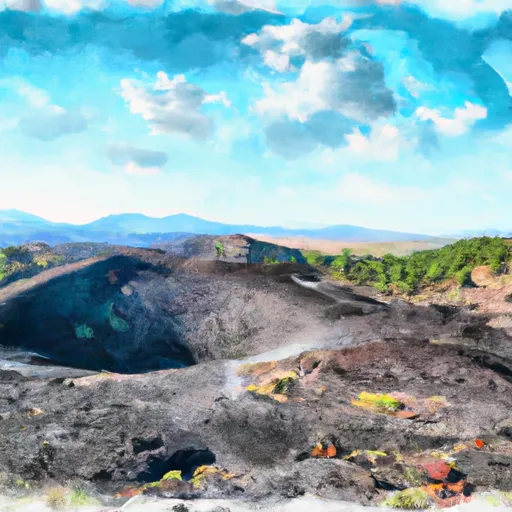°F
°F
mph
Windspeed
%
Humidity











American Falls, Idaho is a small town located in the southeastern part of the state. The climate in American Falls is generally arid with hot summers and cold winters. The area receives an average of 10 inches of precipitation each year, with most of it falling in the winter months. The town is located near the Snake River, which provides hydrology constituents and opportunities for water-based activities such as fishing and boating. Other outdoor recreation opportunities in the area include hiking, camping, and hunting in nearby wildlife areas. The American Falls Reservoir, located just outside of town, is a popular spot for water sports and camping.
Weather Forecast
American-Falls receives approximately 307mm of rain per year, with humidity levels near 68% and air temperatures averaging around 9°C. American-Falls has a plant hardyness factor of 5, meaning plants and agriculture in this region thrive during a short period during spring and early summer. Most plants will die off during the colder winter months.
Regional Streamflow Levels
1
Cubic Feet Per Second
2,340
Cubic Feet Per Second
9
Cubic Feet Per Second
9
Cubic Feet Per Second
Nearby Camping
| Camping Area | Reservations | Toilets | Showers |
|---|---|---|---|
| Sublett | |||
| Sublet Creek | |||
| Trenner Park - Idaho Power | |||
| Willow Bay City Park | |||
| Massacre Rocks State Park | |||
| Pipeline |



